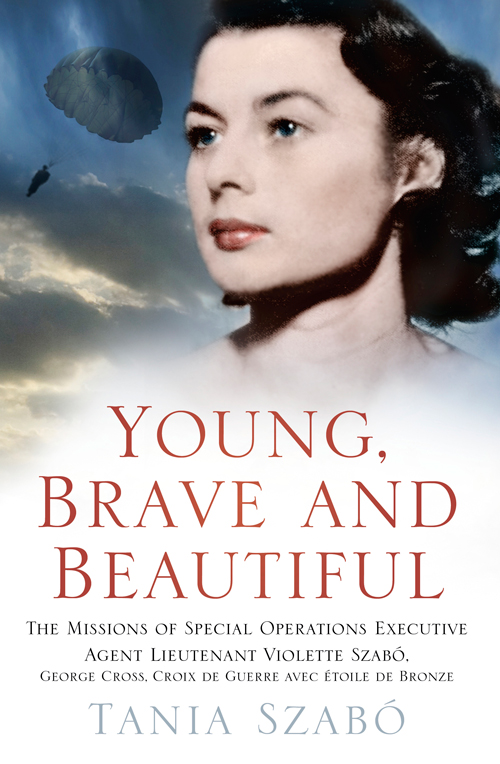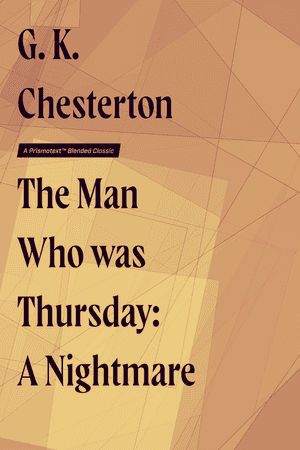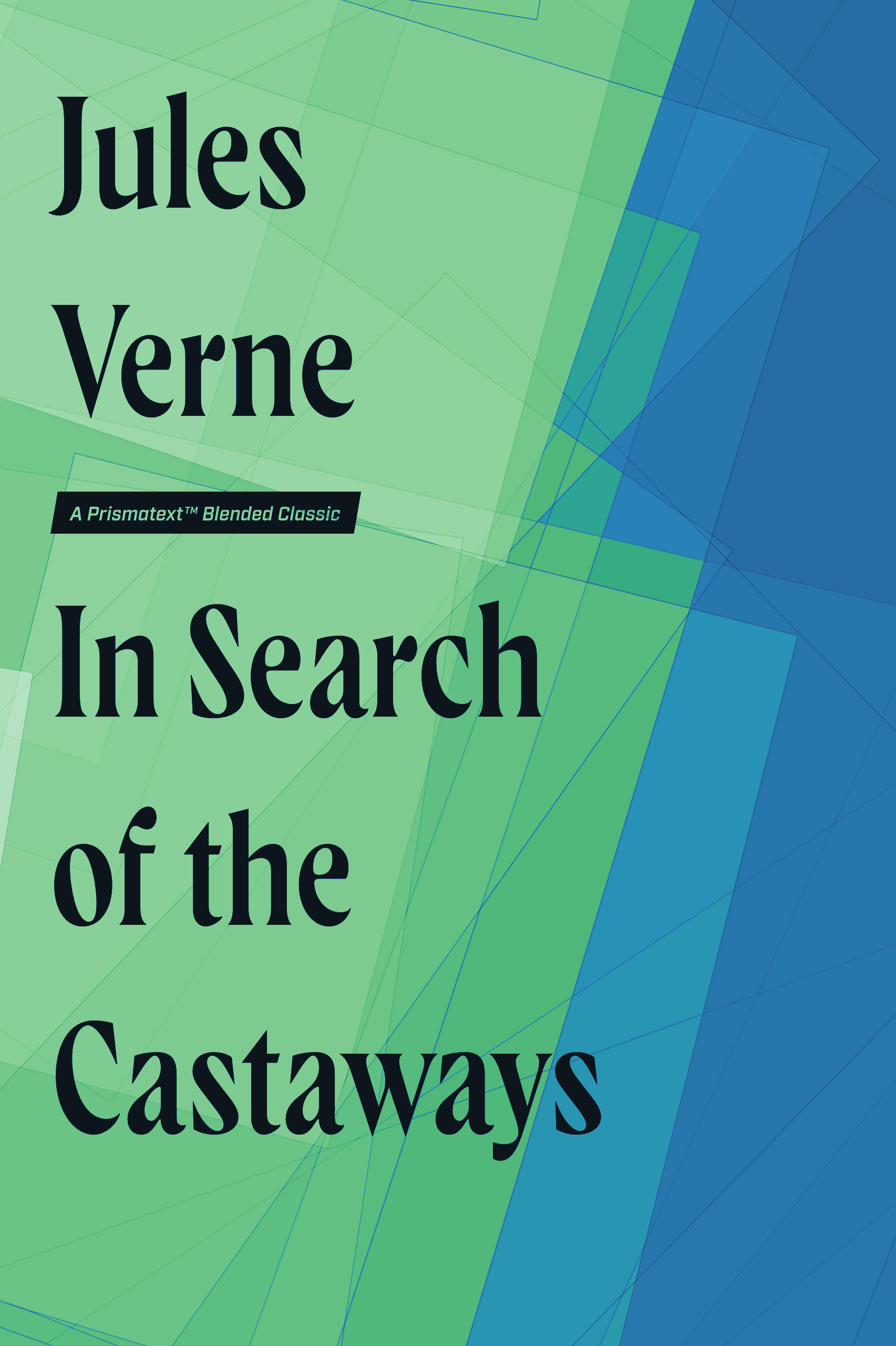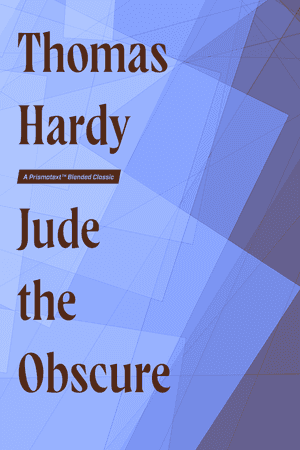Search results for null
Books

Sophie’s Heart Special Edition
Lori Wick
Lori Wick's Timeless Classic Returns
After the tragic death of his wife, Alec Riley struggles to put his life back together. He and his three children are lost in their grief…until Sophie walks unexpectedly into their lives. Having left her native Czechoslovakia, Sophie has discovered the land which seemed so bright with promise is far from her dream. A highly educated woman, Sophie now finds herself keeping house for Alec and his family.
How can Sophie find peace in her new job? Will God use her gentle spirit to help heal Alec's broken heart?
25 years after its initial release comes this exquisite silver anniversary edition of Lori Wick's bestselling classic, Sophie's Heart (over 350,000 copies sold worldwide).
Get swept up anew in Sophie and Alec's love story with this beautifully bound and foil-adorned keepsake version of one of the most beloved Christian romance novels of all time.

The Stolen Years
Jean Wight
While piloting a light aircraft from South Africa, John Wight and two passengers were arrested after making an emergency landing in Madagascar. Suspected of being South African mercenaries with an agenda to overthrow the government, they were treated with hostility and brutality. Incarcerated under terrifying conditions, they endured beatings, starvation, and solitary confinement.
"The Stolen Years" is the true story of John's struggle for freedom and the survival of a new marriage in the face of seven years' separation. Through a desperate escape plan, negotiations to exchange Nelson Mandela for the South African prisoners, years without communications with the outside world, and the penury of prison life they were tested to the extreme. It is a harrowing narrative of injustice, isolation, endurance, and courage where hours is countered by faith, and hope makes survival possible. In 1996 the Wight family emigrated from South Africa to Anchorage, Alaska where they have made their home.

Young, Brave and Beautiful
Tania Szabó
SOE agent Violette Szabó was one of the most incredible women who operated behind enemy lines during the Second World War. The daughter of an English father and French mother, and widow of a French army officer, she was daring and courageous, conducting sabotage missions, being embroiled in gun battles and battling betrayal. On her second mission she was captured by the Nazis, interrogated and tortured, then deported to Germany where she was eventually executed at Ravensbrück concentration camp. Violette was one of the first women ever to be awarded the George Cross, and her fascinating life has been immortalised in film and on the page. Written by her daughter, Young, Brave and Beautiful reveals the woman and mother behind this extraordinary hero.

The Gift of the Magi
O. Henry
This timeless short story tells of Jim and Della, a young and impoverished married couple. Unbeknownst to each other, they have been saving what little money they have in order to purchase the most perfect Christmas gift for each other.
The Gift of the Magi is a poignant vignette about the holiday season, and a gentle reminder that the best gift one can give is their own love.

The Dream
H. G. Wells
From Wikipedia:
The Dream is a 1924 novel by H. G. Wells about a man from a Utopian future who dreams the entire life of an Englishman from the Victorian and Edwardian eras, Harry Mortimer Smith. As in other novels of this period, in The Dream Wells represents the present as an "Age of Confusion" from which humanity will be able to emerge with the help of science and common sense.

The Man Who Was Thursday: A Nightmare
G. K. Chesterton
From Wikipedia:
The Man Who Was Thursday: A Nightmare is a 1908 novel by G. K. Chesterton. The book has been described as a metaphysical thriller.

The Problems of Philosophy
Bertrand Russell
From Wikipedia:
The Problems of Philosophy is a 1912 book by the philosopher Bertrand Russell, in which the author attempts to create a brief and accessible guide to the problems of philosophy. He introduces philosophy as a repeating series of (failed) attempts to answer the same questions: Can we prove that there is an external world? Can we prove cause and effect? Can we validate any of our generalizations? Can we objectively justify morality? He asserts that philosophy cannot answer any of these questions and that any value of philosophy must lie elsewhere than in offering proofs to these questions.
Focusing on problems he believes will provoke positive and constructive discussion, Russell concentrates on knowledge rather than metaphysics: If it is uncertain that external objects exist, how can we then have knowledge of them but by probability. There is no reason to doubt the existence of external objects simply because of sense data.
Russell guides the reader through his famous 1910 distinction between knowledge by acquaintance and knowledge by description and introduces important theories of Plato, Aristotle, René Descartes, David Hume, John Locke, Immanuel Kant, Georg Wilhelm Friedrich Hegel and others to lay the foundation for philosophical inquiry by general readers and scholars alike.

An Occurrence at Owl Creek Bridge
Ambrose Bierce
"An Occurrence at Owl Creek Bridge" (1890) is a short story by American writer and Civil War veteran Ambrose Bierce, described as "one of the most famous and frequently anthologized stories in American literature". It was originally published by The San Francisco Examiner on July 13, 1890, and was first collected in Bierce's book Tales of Soldiers and Civilians (1891). The story is set during the American Civil War and is known for its irregular time sequence and twist ending. Bierce's abandonment of strict linear narration in favor of the internal mind of the protagonist is an early example of the stream of consciousness narrative mode.

The Mayor of Casterbridge: The Life and Death of a Man of Character
Thomas Hardy
In a drunken stupor, Michael Henchard auctions off his own wife Susan and their daughter for a pittance to a sailor named Newsom. The following morning, hung over and unwell, Henchard realizes only too late that he can't find where they were taken.
Eighteen years after that fateful day, Newsom dies, and Susan goes in search of her first husband, and finds that his sobriety has created new opportunities for him. But her re-emergence has severe and unintended consequences not just for the couple, but for the entire town of Casterbridge.
The Mayor of Casterbridge, among Hardy's greatest works, made its effect known even to the author as he was writing it: he once confided to a friend that it was "the only tragedy that made [me] weep."

The Deerslayer
James Fenimore Cooper
From Wikipedia:
The Deerslayer, or The First War-Path (1841) was James Fenimore Cooper's last novel in his Leatherstocking Tales. Its 1740–1745 time period makes it the first installment chronologically and in the lifetime of the hero of the Leatherstocking tales, Natty Bumppo. The novel's setting on Otsego Lake in central, upstate New York, is the same as that of The Pioneers, the first of the Leatherstocking Tales to be published (1823). The Deerslayer is considered to be the prequel to the rest of the series. Fenimore Cooper begins his work by relating the astonishing advance of civilization in New York State, which is the setting of four of his five Leatherstocking Tales.

In Search of the Castaways
Jules Verne
From Wikipedia:
In Search of the Castaways (French: Les Enfants du capitaine Grant, lit. 'The Children of Captain Grant') is a novel by the French writer Jules Verne, published in 1867–68. The original edition, published by Hetzel, contains a number of illustrations by Édouard Riou. In 1876, it was republished by George Routledge & Sons as a three volume set titled A Voyage Round The World. The three volumes were subtitled South America, Australia, and New Zealand. As often with Verne, English translations have appeared under different names; another edition has the overall title Captain Grant's Children and has two volumes subtitled The Mysterious Document and Among the Cannibals.

Jude the Obscure
Thomas Hardy
From Wikipedia:
Jude the Obscure is a novel by Thomas Hardy, which began as a magazine serial in December 1894 and was first published in book form in 1895 (though the title page says 1896). It is Hardy's last completed novel. The protagonist, Jude Fawley, is a working-class young man; he is a stonemason who dreams of becoming a scholar. The other main character is his cousin, Sue Bridehead, who is also his central love interest. The novel is concerned in particular with issues of class, education, religion, morality and marriage.